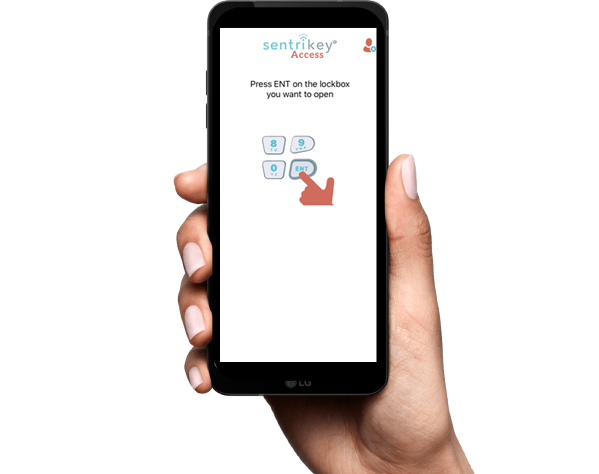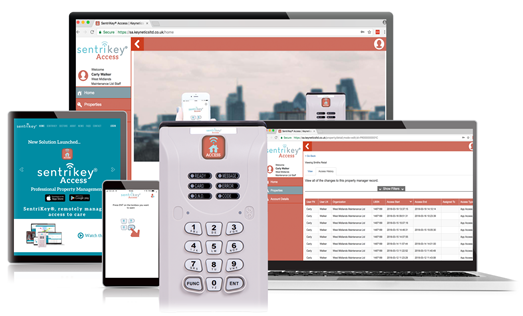
5 steps to breaking down the roadblocks of change
We have all been there: you are presented with a great solution, far different from anything else you have ever tried, and then the seed starts to grow into an idea of how change will increase productivity and efficiency, and reduce your business costs. Once you have got the idea off the ground, have the buy-in from the management team, reviewed the ROI model and the costs have been signed off, it should be plain sailing from there on, shouldn’t it? But it’s not…
One of the factors for failed projects is staff adoption. We are all aware of this, but how often do we roll out changes and then become discouraged when the results are no different than any other project launched by the business. The very meaning of the word “adoption” in the English dictionary is “the action or fact of choosing to take up, follow, or use something”. This highlights the challenges we face. Decision making is fundamentally at the heart of adoption. Therefore, we need to ensure that, for the sake of success, we take those who are impacted by new developments on the same journey, so they can come to the same conclusion. You want them to know that these changes will have a positive impact on their role, and ensure the security and longevity of the business for the future.
So how do you make sure you are successful? Here are file steps we have put together after a number of years of working with different industries and teams that have a variety of adoption challenges that they have had to overcome:
1. Start right!
Rewrite the book of how you manage change right from the word “Go”.
- Use your communication channels to feed information about what’s coming and why.
- Share a brief promotional video using your company branding to show how the change will work.
- And, best of all, keep it simple and straightforward.
This is the ideal time to identify your champions, these first adopters who have positive attitude, motivation, and can see your vision. This small team will help develop the approach and consider ways to overcome challenges and roadblocks that are presented.
Ensure you don’t cut corners when it comes to implementation. If the solution doesn’t work when it’s introduced, it will only add negativity to the project and fuel the flames of resistance. This might mean using external resources and specialists to ensure there are no false starts, but in the long term, it will strengthen the development and add confidence in the solution.
Simple ways of doing this are by seeking out trainers and training material from your suppliers and, if there is hardware to install, use the technical expertise of those who have the most experience, so it reduces overall costs and the timescales of implementation.

2. The 80/20 rule
Don’t forget about the 80/20 rule: 80% of outcomes comes from 20% of causes, so you might not see the results straight away despite all your hard work. This is not about deciding whether to continue after the initial stages – you have already done your due diligence, but more about control and efficiency. The kick start process should not be rushed and there will be plenty of learning outcomes that can be gained by staging the implementation and then providing a much improved faster roll out of the rest of the project.
3. Stop and check.
We are not suggesting a halt on the project, but by reviewing the data at this stage, you can communicate the successes to the wider team and demonstrate how the change has already supported positive outcomes for those involved. Whilst you have been running the project in this microclimate, you will have observed key lessons and methods of improvement that will lead to faster and more efficient processes as you move to large scale deployment.
4. Keep going
You have learnt so much, now the switch over is going to be much easier. Using the training and communication tools, you can move into this next phase with confidence knowing you are backed up by your proactive and informed team that is going to migrate to the new system. The main objective here is to not become complacent, and to ensure you are still monitoring progress and milestones. At this point, you should have clear data that highlights efficiencies and savings, and case studies that can be shared with other teams or even your customers, illustrating the company’s ability to adapt and learn new skills and technologies.


5. Celebrate!
Finally, it’s time to celebrate! The way you have navigated the peaks and troughs of the implementation process gives the whole company a positive message of how everyone is able to adapt and change in order to drive business and be industry leaders. Take time to share this, so that when the next opportunity presents itself for improved productivity in your business, you already have a head start on your competitor!
Keynetics has years of experience in helping companies implement new technology. From providing installation services to training programs and materials, we have developed project management tools to help each unique business replace its traditional keyholding solutions. Book a demo to find out more about our services and how they can save you up to 40% on your traditional keyholding methods.
GET IN TOUCH
SALES ENQUIRIES
Call us:+44 (0)1684 219090
Send us an email: sales@keyneticsltd.co.uk
TECHNICAL SUPPORT
Call us: +44 (0)1684 219090
Send us an email: support@keyneticsltd.co.uk
GENERAL ENQUIRIES
Registered Office:
Keynetics Ltd, Malvern Hills Science Park, Geraldine Road, Malvern, WR14 3SZ
SEND US A MESSAGE
